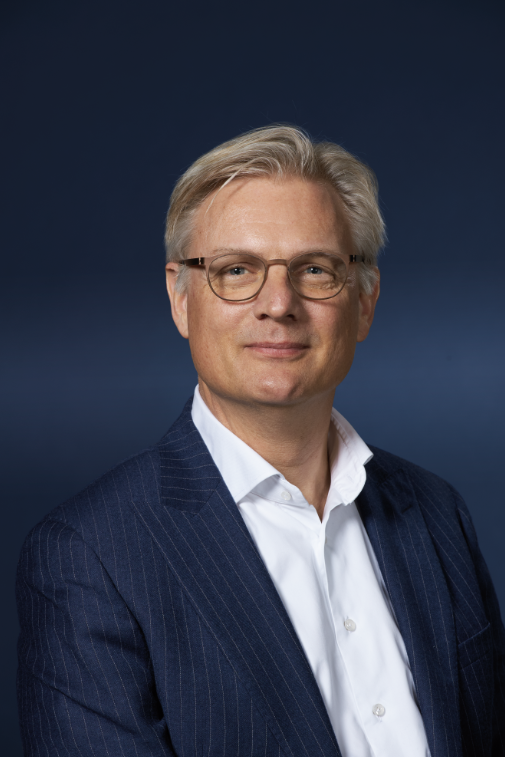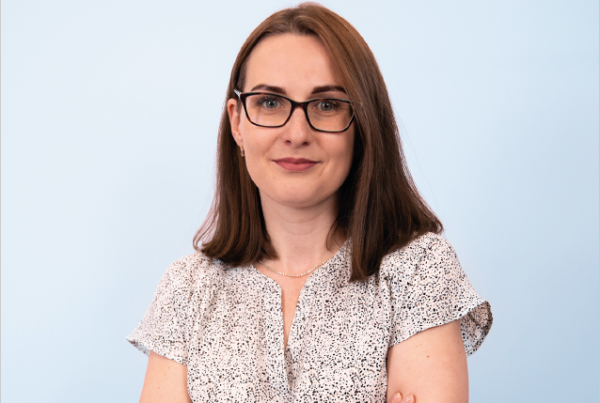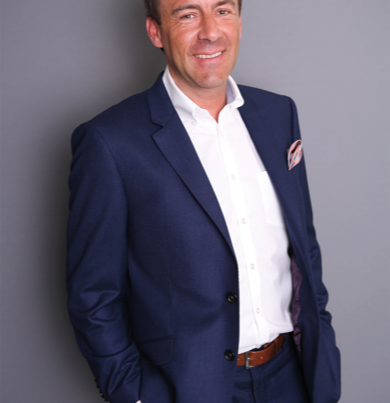


November 2020
With the ability to set-up a training centre tailored to a client’s specific needs, Avion is revolutionising the way full-flight simulators are operated. CEO Erik Varwijk, explains the innovation and inspiration that’s behind this remarkable Dutch company.
What are you offering that is different to other flight simulators, what makes yours different?
The Avion Full Flight Simulator has a unique self-contained design and does not require an access bridge or separate server room, or air conditioning room. This results in simplified building requirements and therefore lower costs. Our simulators are built using strong and lightweight materials, making the simulator weighing only 7,5 tons – approximately 5 tons lighter than other simulators. This significantly reduces energy consumption.
We can set up single bay Flight Training Centres designed to the specific needs and requirements of our customers at our customers’ preferred location. This will substantially lower their flight crew training cost by avoiding hotel cost and daily allowances. It also reduces travel risks and improves crew productivity.
At present you have just the A320, will you be looking to add other aircraft types in the future?
Next to the Airbus A320 Family, the Boeing 737 MAX is still the most ordered aircraft of this moment. Advantages in terms of maintenance costs and fuel efficiency makes the 737 MAX a very suitable aircraft for both regional airlines and LCCs. That is why we are developing the Avion B737 MAX Full Flight Simulator to meet the expected high demand for FFS for this aircraft. The Avion B737 MAX will be ready for training in 2021.
What are some of the innovations you are currently working at?
Reliability, efficiency, and unconventional solutions are at the core of our thinking. A self-contained simulator design, simple building requirements, lower operating costs, spacious interior, and the intuitive touch screens of the instructor station are examples of our innovative solutions. One of our latest projects is getting Upset Prevention and Recovery Training to a higher level. With the help of the acclaimed organization International Development of Technology (www.uprt.aero), we go above and beyond the mandatory requirements for UPRT.
How do you go about reducing the connections down to just 200 on your A320 sim’?
To clarify, we are talking about aircraft systems and instrument connections. Avion uses original aircraft instruments to have the real cockpit look and feel in the simulator. These instruments normally make use of the ARINC 429 Data Bus communication. By using a small circuit board, we can convert the data of the instruments to a signal that can be transferred through a normal ethernet cable. This results in a fast and clean installation and commissioning.
Although ARINC 429 is a reliable system, it consists of multiple cables. Since malfunctions often occur at the connections we strongly believe in ‘less is more’. Our solution can be accessed easier and faster and replacing an ethernet cable is much cheaper. Keep in mind that a simulator will have to endure significantly more exceptional situations of turbulence and severe stall buffets than a real aircraft with the same life cycle of 20 to 25 years. In the end the most important part for the user is the result: the average reliability of our simulators is over 99%.
You currently have two locations one in London and the other in Malta, are you seeking other regions to move into and if so where?
Yes, we will open more locations around the world, particularly outside Europe. We give aviation companies of all sizes the opportunity to reduce training costs and minimize travel time of pilots. Therefore, our solution of setting up regional Flight Training Centres is also available as a single bay operation. This makes Avion’s simulators interesting for customers all around the world.








